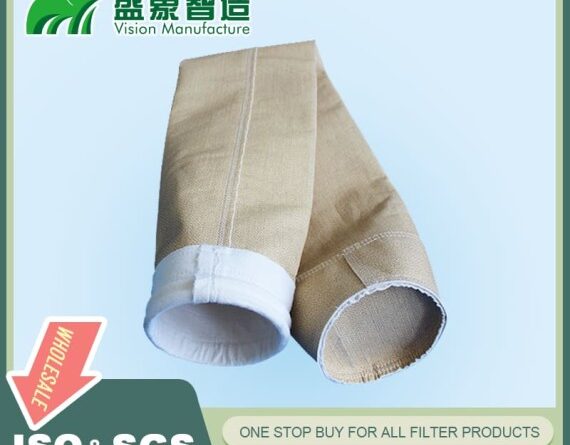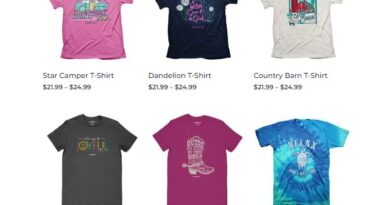The Ultimate Guide to Nomex Needle Punched Felt
The Ultimate Guide to Nomex Needle Punched Felt
Industrial applications often require materials that can withstand extreme conditions while providing optimal performance. In this regard, Nomex® needle-punched felt has emerged as a versatile and reliable material, finding widespread use in various industries. This comprehensive guide explores the properties, applications, manufacturing process, and advantages of Nomex needle punched felt.
1. Introduction to Nomex Needle Punched Felt:
Nomex, a registered trademark of DuPont, is a flame-resistant synthetic material known for its exceptional heat and chemical resistance. Needle-punched felt is a non-woven textile made by mechanically entangling fibers with barbed needles. When Nomex fibers are subjected to the needle-punching process, the result is a durable, high-performance material suitable for a range of demanding applications.
2. Properties of Nomex Needle Punched Felt:
Nomex needle-punched felt exhibits a set of remarkable properties that make it highly valuable in various industrial settings:
a. Heat Resistance: One of the standout features of Nomex is its ability to withstand high temperatures without degrading or losing its structural integrity. This property makes it ideal for applications where exposure to heat and flames is a concern.
b. Flame Resistance: Nomex is inherently flame-resistant, making it an essential material in industries where fire hazards are present, such as firefighting gear, aerospace, and automotive sectors.
c. Chemical Resistance: Nomex needle punched felt is resistant to a wide range of chemicals, acids, and alkalis, making it suitable for applications where contact with corrosive substances is expected.
d. High Strength: The needle-punching process enhances the strength of Nomex fibers, resulting in a material that can withstand mechanical stress and maintain its structural integrity under heavy loads.
e. Thermal Stability: Nomex retains its properties even at elevated temperatures, making it a dependable choice for applications in environments with fluctuating thermal conditions.
f. Low Thermal Shrinkage: Nomex exhibits minimal thermal shrinkage, ensuring that products made from this material maintain their shape and performance even after exposure to high temperatures.
3. Applications of Nomex Needle Punched Felt:
The versatility of Nomex needle-punched felt is evident in its diverse range of applications:
a. Industrial Filtration: Nomex needle-punched felt is commonly used in industrial filtration systems, including dust collection, gas filtration, and liquid filtration. Its heat and chemical resistance, combined with its filtration efficiency, make it an excellent choice for these applications.
b. Protective Apparel: Due to its flame and heat resistance, Nomex needle punched felt is widely used in the production of protective clothing for firefighters, industrial workers, and military personnel.
c. Aerospace and Automotive: In aerospace and automotive industries, Nomex needle-punched felt is used for thermal insulation, engine components, gaskets, and other applications that require resistance to high temperatures and mechanical stress.
d. Electrical Insulation: Nomex finds use in electrical applications such as insulation for transformers, motors, and generators, thanks to its excellent dielectric properties and high-temperature resistance.
e. Gaskets and Seals: The chemical resistance and thermal stability of Nomex make it a suitable material for manufacturing gaskets and seals used in various industrial equipment.
4. Manufacturing Process of Nomex Needle Punched Felt:
The production of Nomex needle-punched felt involves several key steps:
a. Fiber Preparation: Nomex fibers are initially processed to ensure uniformity and cleanliness. These fibers are usually short staple fibers.
b. Blending: Nomex fibers can be blended with other fibers, such as polyester, to enhance specific properties like dimensional stability.
c. Carding: The fibers are carded to align them in a uniform manner, creating a fibrous web.
d. Needle Punching: During this crucial step, barbed needles mechanically entangle and interlock the fibers, forming a stable non-woven structure.
e. Thermal Treatment: The material may undergo thermal treatment to further enhance its stability, shape retention, and other properties.
f. Finishing: Depending on the intended application, Nomex needle punched felt may undergo additional treatments such as coatings or laminations for improved performance.
5. Advantages of Nomex Needle Punched Felt:
Nomex needle-punched felt offers a multitude of advantages, making it a preferred choice in various industries:
a. Durability: The mechanical entanglement of fibers enhances the material’s durability and resistance to wear and tear.
b. Thermal Performance: Nomex’s exceptional heat resistance ensures that the material maintains its integrity and performance even under extreme temperatures.
c. Flame Resistance: The inherent flame resistance of Nomex makes it a crucial material in applications where safety from fire hazards is paramount.
d. Chemical Resistance: Nomex’s resistance to various chemicals increases its lifespan and performance in corrosive environments.
e. Versatility: The material’s versatility allows it to be tailored for specific applications, from protective clothing to industrial filtration.
f. Longevity: Nomex needle-punched felt products have a long service life, contributing to cost savings over time.
Conclusion:
Nomex needle-punched felt stands as a testament to the exceptional engineering and innovation in the realm of industrial materials. Its unique combination of properties, ranging from heat and flame resistance to chemical durability, make it an indispensable material across numerous sectors. As industries continue to demand high-performance materials that can withstand extreme conditions, Nomex needle-punched felt remains a reliable and versatile choice, ensuring safety, efficiency, and longevity in various applications.



